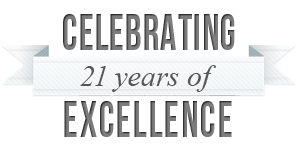For women who aspire to a career in management, my advice is to never stop learning. As soon as you stop learning, you do a disservice to your employees, who expect you to stay on top of your game. The world is changing too fast for people to sit back and say they know everything.
A former supervisor offered some great advice that I would advocate for women in management. You’ll always do the right thing if you prioritize your approach to work using the following criteria: 1) put the business first, which means the customer comes first; 2) put your employees next; and 3) put yourself last.
I define my leadership style as being open and positive. I like to establish relationships and build a community among people who shareapassion for their work. I strive to approach relationships—with customers and with employees—with humanity and high integrity.
Whether or not they realize it, women in management serve as role models for other women. When I first became a manager at HP, I was surprised by the number of women who saw me as a role model. I thought “How can I be your role model when I don’t understand your needs?” Because I grew up with four brothers, I am used to a male environment and didn’t recognize the challenges a male-dominated industry posed for many women. Even though I’m female, I had to educate myself on women’s issues and learn how personal and professional growth can impact a woman’s ability to succeed. Developing an understanding and awareness of women’s issues also made me more sensitive to all types of diversity and helped me to appreciate the contributions from many types of people.
Fortunately for women these days, more businesses are joining companies like HP in supporting career advancement while providing the flexibility to help us balance the demands of our personal and professional lives.
As a woman in management, I’ve learned that life throws us tough challenges. The mark of a great leader is how you face adversity. Setting aside your personal feelings to first do what’s right for the business and the customer, then what’s right for your employees, and lastly, what’s right for you—that’s the true test of leadership.







